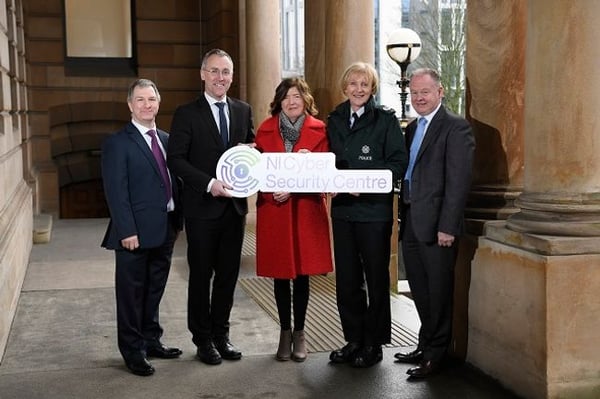RELATED NEWS

Millions of Legal Aid applicants at risk after “Severe and Expansive” Cyber-Attack on government system
2 min read

UK Cyber Security Bill: What it means for the public sector
2 min read

Northern Ireland Cyber Security Centre opens with support from NCSC
1 min read

NCSC announces new CEO
2 min read


